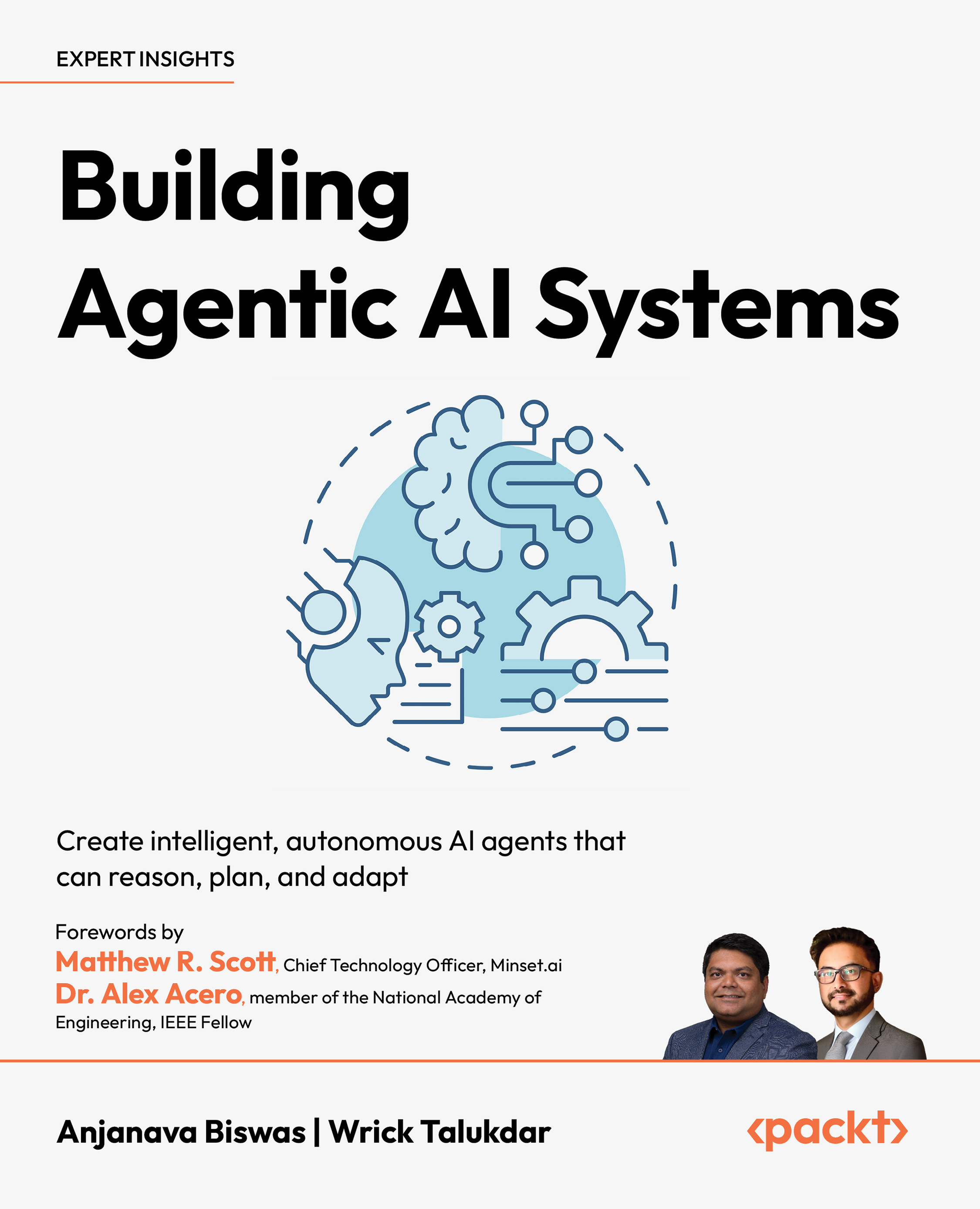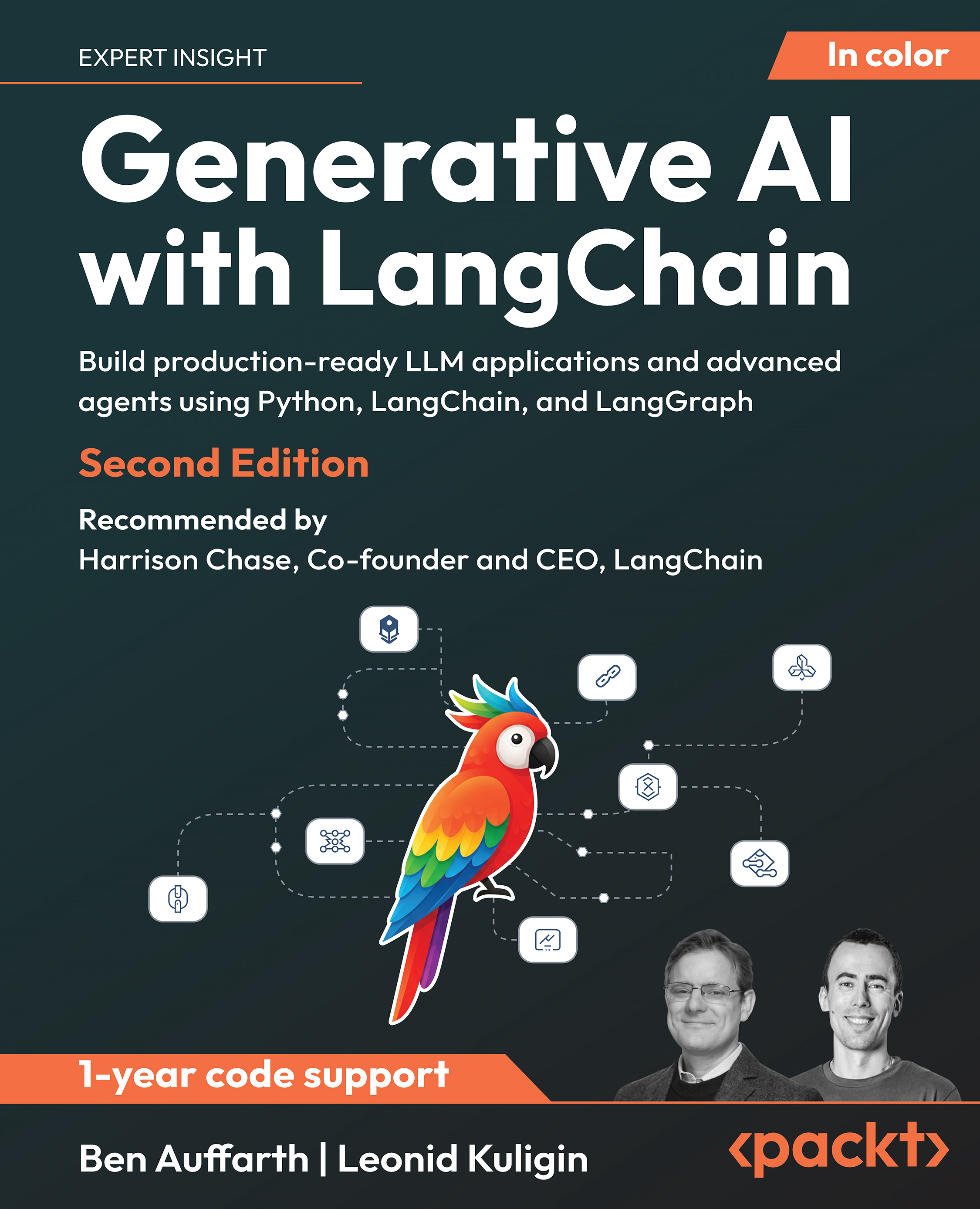From Chapter 7:
SLIs and their respective SLOs should be prioritized based on business impact and feasibility. Business impact refers to how directly an SLI contributes to customer experience, revenue, and customer satisfaction. Feasibility includes technical complexity, cost, and resource availability, as well as how easily the team can monitor and respond to the metric. For instance, prioritizing authentication success rate over payment processing latency may have a greater business impact if authentication issues are causing users to abandon the workflow. When considering the business impact, we want to ask ourselves the following questions:
What is the level of impact this change brings to the following?
👉Our customer bases
Unlock access to the largest independent learning library in Tech for FREE!
Get unlimited access to 7500+ expert-authored eBooks and video courses covering every tech area you can think of.
Renews at $19.99/month. Cancel anytime
👉Our team
👉Our organization
Does the impact affect the business from a monetary standpoint?
👉If so, how?
👉Is this a SaaS offering?
👉Is this a licensed offering?
Have we assessed industry competition?
👉If so, does our solution offer something that everyone else’s does not?
Regarding feasibility, consider the following:
👉On a scale of 1 to 5, how easy is the technical implementation?
👉What does feasibility mean to the technical team members?
👉Are there other solutions available to achieve the desired outcome?
This also includes weighing the number of engineers and other staff the implementation might require.
The ranking system is based on internal dialogue between the individuals leading the initiative and the technical staff responsible for the respective technical components or designs. In our instance, we might consider the following:
 United States
United States
 Great Britain
Great Britain
 India
India
 Germany
Germany
 France
France
 Canada
Canada
 Russia
Russia
 Spain
Spain
 Brazil
Brazil
 Australia
Australia
 Singapore
Singapore
 Canary Islands
Canary Islands
 Hungary
Hungary
 Ukraine
Ukraine
 Luxembourg
Luxembourg
 Estonia
Estonia
 Lithuania
Lithuania
 South Korea
South Korea
 Turkey
Turkey
 Switzerland
Switzerland
 Colombia
Colombia
 Taiwan
Taiwan
 Chile
Chile
 Norway
Norway
 Ecuador
Ecuador
 Indonesia
Indonesia
 New Zealand
New Zealand
 Cyprus
Cyprus
 Denmark
Denmark
 Finland
Finland
 Poland
Poland
 Malta
Malta
 Czechia
Czechia
 Austria
Austria
 Sweden
Sweden
 Italy
Italy
 Egypt
Egypt
 Belgium
Belgium
 Portugal
Portugal
 Slovenia
Slovenia
 Ireland
Ireland
 Romania
Romania
 Greece
Greece
 Argentina
Argentina
 Netherlands
Netherlands
 Bulgaria
Bulgaria
 Latvia
Latvia
 South Africa
South Africa
 Malaysia
Malaysia
 Japan
Japan
 Slovakia
Slovakia
 Philippines
Philippines
 Mexico
Mexico
 Thailand
Thailand

















